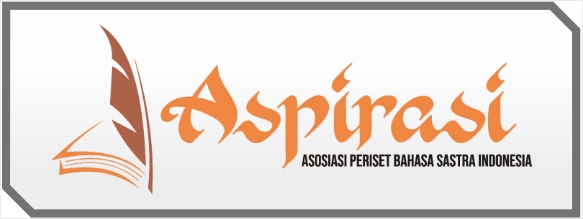The Implementation Of Teams Game Tournament (TGT) To Improve Students’ Writing Ability Of Second Grade Students In SMP Negeri 7 Padang
DOI:
https://doi.org/10.59024/simpati.v2i4.946Keywords:
Improvement,, Teams Game Tournament (TGT), Writing SkillAbstract
This study aimed to determine whether the implementation of the Teams Game Tournament (TGT) can improve students’ writing abilities in learning English of second grade students in SMP Negeri 7 Padang. The population was second grade students in SMP Negeri 7 Padang. The sample of this research was 33 students of VIII.5 class. This type of research was quantitative. The method used was a pre-experimental design, with one group pre-test and post-test. The result of the data showed that the average students score on the post-test was (89,45) higher that the average score on the pre-test (60.24). From the t-test, the study showed that the t-test value (11,54) is higher that t-table (1,697) at a significance level of 0,05 with degree freedom (df) = 32. This result meant that there was a significant difference. This indicated that the alternative hypothesis (H1) was accepted and the nul hypothesis (H0) was rejected. Hence, it can be concluded that the implementation of Teams Game Tournament (TGT) significantly improve students’ writing ability.
References
Ali, I. (2021). Pembelajaran kooperatif (Cooperative learning) dalam pengajaran pendidikan agama Islam. Jurnal Mubtadiin, 7(01), 247-264.
Brown, H. D. (2007). Teaching by principles: An interactive approach to language pedagogy. Pearson Longman.
Creswell, J. W. (2012). Educational research: Planning, conducting, and evaluating quantitative and qualitative research (4th ed.). Pearson.
Dalman, H. (2021). Keterampilan menulis. Jakarta: PT. Raja Grafindo Persada.
Ekawan, S., Sudarmi, M., & Noviandi, D. (2015). Pengembangan desain pembelajaran kooperatif tipe team games tournament dengan media physics ludo pada materi fisika tentang bunyi. Jurnal Radiasi.
Harmer, J. (2004). How to teach English. Essex: Pearson Education Limited.
Huda, M. (2013). Model-model pembelajaran dan pengajaran: Isu-isu metodis dan paradigmatik. Yogyakarta: Pustaka Pelajar.
Lisnawati, N. A. (2016). The use of Teams Games Tournament (TGT) method to improve students’ writing skill of descriptive text (A classroom action research at the second grade students of SMK Negeri 3 Salatiga in the academic year of 2015/2016) (Doctoral dissertation, IAIN Salatiga).
Mudiyanto, H. (2017). Differences of effectiveness of cooperative learning model type Teams Games Tournament (TGT) and group working on learning result at elementary school. PrimaryEdu: Journal of Primary Education, 1(1), 25-36.
Rusman. (2014). Model-model pembelajaran. Bandung: PT Raja Grafindo Persada.
Sa’adah, S. R. (2017). Implementation of cooperative learning model with Teams Games Tournament (TGT) method to improve interests and learning outcomes. Classroom Action Research Journal, 1(2), 65-72.
Sugiyono. (2016). Metode penelitian kuantitatif, kualitatif dan R&D. Bandung: PT Alfabet.
Widyani, G. P. (2019). Implementation of cooperative learning model type Student Team Achievement Division (STAD) to improve accounting learning activities of class XII Social 1 SMA N 1 Wonosari academic year 2018/2019 (Undergraduate thesis, Yogyakarta State University).
Yovie, R. (2019). The use of estafet writing method to improve the students' writing ability at the eleventh grade of SMA Muhammadiyah 1 Ponorogo (Doctoral dissertation, Universitas Muhammadiyah Ponorogo).
Yuliadi. (2021). Factors affecting students' problems in writing cause and effect essays. UNNES.
Downloads
Published
How to Cite
Issue
Section
License
Copyright (c) 2024 Simpati

This work is licensed under a Creative Commons Attribution-ShareAlike 4.0 International License.
















